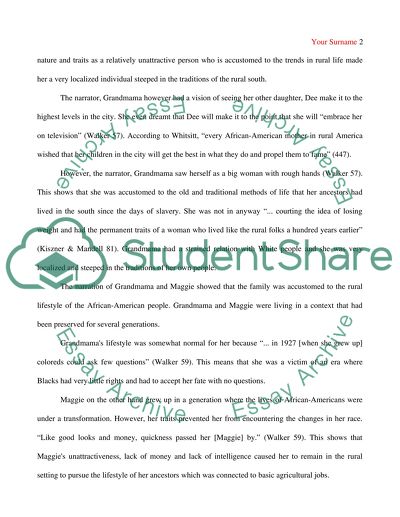Cite this document
(Everyday Use by Alice Walker Book Report/Review, n.d.)
Everyday Use by Alice Walker Book Report/Review. https://studentshare.org/literature/1590006-alice-walkers-everyday-use-short-story
Everyday Use by Alice Walker Book Report/Review. https://studentshare.org/literature/1590006-alice-walkers-everyday-use-short-story
(Everyday Use by Alice Walker Book Report/Review)
Everyday Use by Alice Walker Book Report/Review. https://studentshare.org/literature/1590006-alice-walkers-everyday-use-short-story.
Everyday Use by Alice Walker Book Report/Review. https://studentshare.org/literature/1590006-alice-walkers-everyday-use-short-story.
“Everyday Use by Alice Walker Book Report/Review”. https://studentshare.org/literature/1590006-alice-walkers-everyday-use-short-story.


